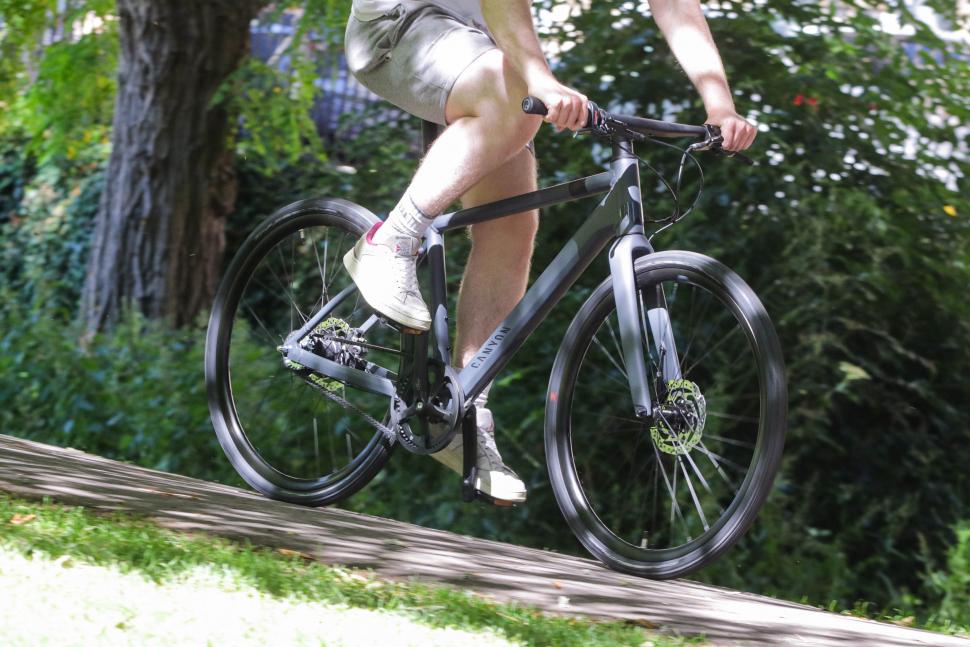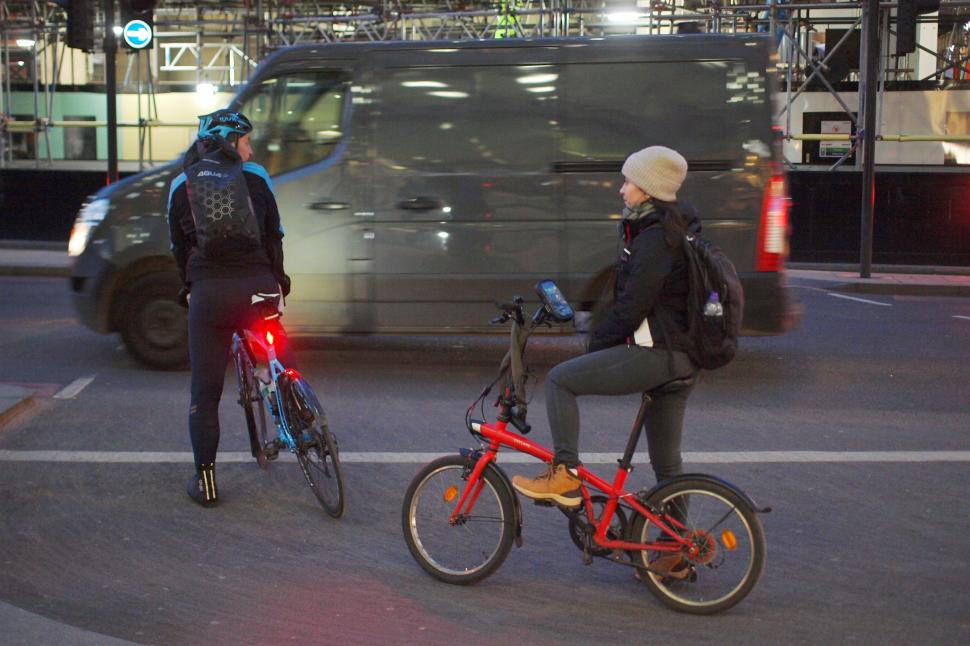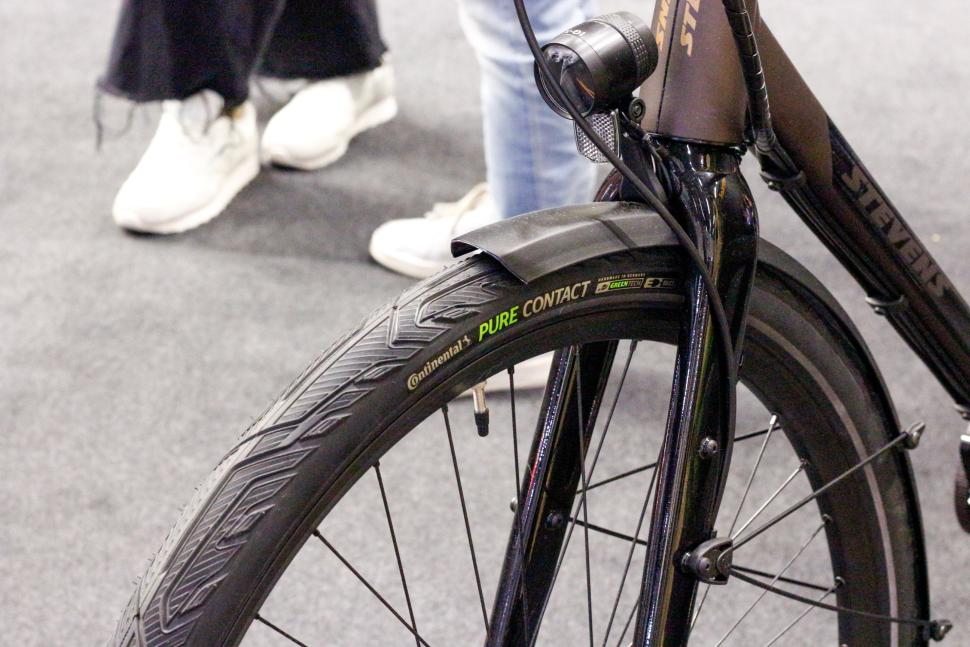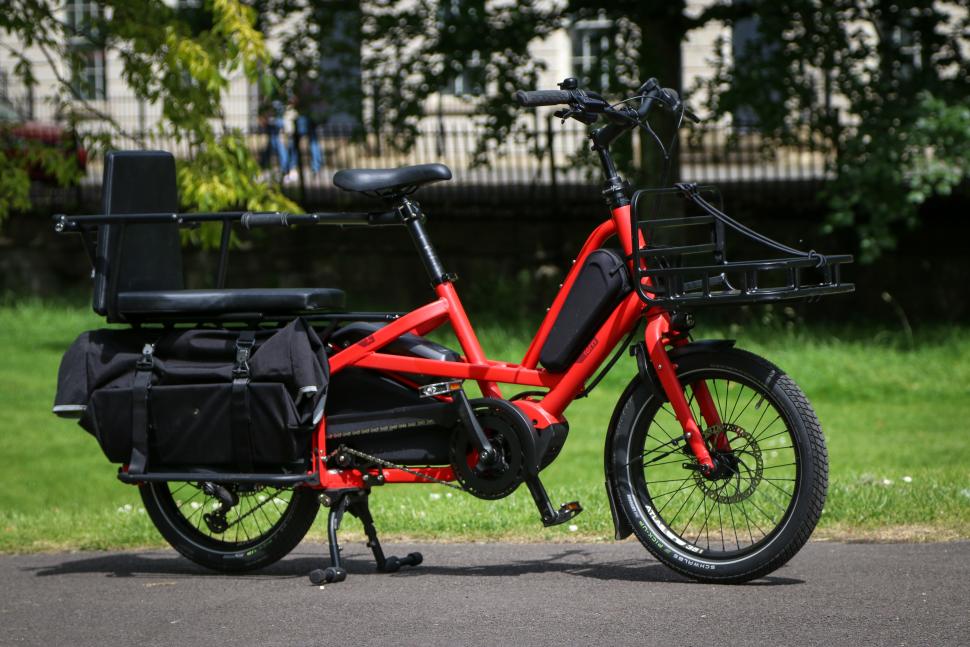- News
- Reviews
- Bikes
- Components
- Bar tape & grips
- Bottom brackets
- Brake & gear cables
- Brake & STI levers
- Brake pads & spares
- Brakes
- Cassettes & freewheels
- Chains
- Chainsets & chainrings
- Derailleurs - front
- Derailleurs - rear
- Forks
- Gear levers & shifters
- Groupsets
- Handlebars & extensions
- Headsets
- Hubs
- Inner tubes
- Pedals
- Quick releases & skewers
- Saddles
- Seatposts
- Stems
- Wheels
- Tyres
- Tubeless valves
- Accessories
- Accessories - misc
- Computer mounts
- Bags
- Bar ends
- Bike bags & cases
- Bottle cages
- Bottles
- Cameras
- Car racks
- Child seats
- Computers
- Glasses
- GPS units
- Helmets
- Lights - front
- Lights - rear
- Lights - sets
- Locks
- Mirrors
- Mudguards
- Racks
- Pumps & CO2 inflators
- Puncture kits
- Reflectives
- Smart watches
- Stands and racks
- Trailers
- Clothing
- Health, fitness and nutrition
- Tools and workshop
- Miscellaneous
- Buyers Guides
- Features
- Forum
- Recommends
- Podcast
feature
 How much money can you save by cycling to work? Sept 2024
How much money can you save by cycling to work? Sept 2024How much money can you really save by cycling to work?
Commuting to work by bike isn’t a new concept, and it offers plenty of benefits. From getting fresh air and exercise in before you’ve even started your day, to often being quicker or at least more enjoyable than driving or getting public transport.
But what about how much it costs? And can riding to work actually save you money on your commute?
How much does the average person spend commuting to work?
> A beginner's guide to cycling to work
Unless you work from home, chances are you spend some money getting yourself to your place of employment. According to the Office for National Statistics (ONS), the average commuter in the UK spends £2,616 per year just getting to work. Those who use trains as their primary mode of transport spend even more on average – namely £3,454 per year.
For many workers, that is a pretty significant amount to be spending year on year, and the cost of commuting is only going up. According to the 2020 National Travel Survey, the average worker spends £17.23 per day to commute to and from work in their car, and we can only assume it’s gone up since 2020.
How far do people commute?
> How to save money on a bike with a Cycle to Work scheme
According to the ONS, the average commute in the UK was 27 minutes in 2021. This ranged between 63 minutes on average for those travelling by rail, and 15 minutes for those walking to work. In 2023 and in England, 70% of all commuting trips were made by cars outside of London, which rose to 81% in rural areas.
On average, a typical commute in the UK for car drivers is 19.5 miles each way. And while that might not be achievable for many cyclists – especially if you need to plan a route to avoid busy roads without cycling infrastructure, the likelihood is many of our commutes are actually shorter than this.
So how much does it cost to cycle to work?
> 9 reasons to get to work by bike plus top tips to get you started
There are a few things we should look at when totting up the cost of cycling to work. There are obvious expenditures like the purchase of the bike itself, and then servicing and maintenance of said bike. But there’s also the addition of kit – if you want to wear anything specific for riding (but you don’t need to), and don’t laugh – but the potential for an increase in your snacking requirements if you’re burning more energy getting to and from work.
When it comes to buying a bike, there are a few ways to go about it to make it as cheap as possible. Firstly, you can buy a bike second-hand. This can be a good way of getting something in reasonable nick if you know what you’re looking for.
If you don’t, and you’re an employee rather than self-employed, there are salary sacrifice schemes like the Cycle to Work scheme. We’ve covered how it works in our guide to it here, but essentially you sacrifice a part of your salary to pay for a bike in monthly instalments. This is taken before tax and national insurance, so you end up paying less of both.
Nowadays you can buy pretty much any bike you like through various schemes – depending on which one your employer has signed up to. This also includes e-bikes, which can certainly make commuting more appealing if you have a particularly hilly route to work.
So... how much can you save by cycling to work then?
> Cycling to work, your ultimate commuting kit list
Let’s mock up an example. If Simon has a £25,000 salary and he chooses an £800 bike through Cycle to Work, a helmet at £50 and lights etc for £150 to bring it to a total of £1,000, his monthly payments and final ownership fee after four years will end up costing him £750 overall. This results in a 25% saving on the RRP. And, the more you earn, the more you’ll likely save due to the savings on tax and national insurance contributions.
Let’s say that the average commuter spends around £1,000 on their bike, helmet and lights. You’ll also want to consider some basic tools or puncture repair kits, which may set you back around £20+. Then, you might want a new backpack or even some panniers. You can spend a lot on these, but basic options can be bought for around £40 for waterproof pannier bags. We've put together an ultimate commuting kit list you can read to get a better idea of what you might want for riding to work.
A typical bike service costs between £30 to £200 depending on the level of service you choose. You’ll want to get a service done at least once a year, more if you ride a lot of miles and in all weathers, so you should factor in consumable parts like brake pads and tyres, too.
So, in total, cycling to work could cost from around £1,200 for an entire year, and that's including the price of a new bike paid in monthly instalments; it'll be even less if/when your bike is fully paid for (until you get the bug and buy another one).
At the very least, you're saving 65% on average commuting costs. This is, of course, a very rudimentary figure, and you can insert your own figures to compare to how much it might cost for your own journey. But the result is clear. Cycling to work can save you some serious cash.
On average, UK car owners are spending £3,800 per year just to keep their cars running. With increases in insurance premiums and vehicle excise duty (VED), plus the fact it can cost hundreds of pounds for a basic car service at the garage, owning and running a car is undoubtedly expensive. Imagine if you could swap out just a few days of driving to work a week for riding, and how much that could save you on fuel, parking and wear and tear costs.
Should everyone commute by bike?
Of course, commuting by bike just isn’t feasible for everyone. Whether it’s due to sheer distance, the type of work you do or the need to carry a lot of things (although you could invest in pannier racks or an e-cargo bike), it’s not the case that everyone can or wants to cycle to work.
That being said, even if you swap the car or train or bus for the bike just once or twice a week – you could see some significant savings. Plus, you’ll likely feel fitter and get to feel smug when you get to the office.
Let us know how much you save by cycling to work in the comments, and any tips for keeping your bike commute as cheap and cheerful as possible.
Rebecca has been writing about bikes for four years, after a typically ill-timed career change pre-pandemic. She's been riding bikes since she can remember, and fell back in love with them after realising it was faster, cheaper, and more fun than getting the bus to work. Nowadays she enjoys all kinds of bikes, from road to eMTB and is training her border collie pup to become a trail dog.
Latest Comments
- mark1a 18 min 50 sec ago
Here's another grab a little nearer:
- quiff 19 min 47 sec ago
Yeah, I agree. Of course we don't have to store bikes on private property, but if we want them still to be there in the morning it's probably...
- mdavidford 36 min 32 sec ago
I suspect that may have been deliberate. I'm pretty sure no-one would suspect Tom_77 of being a snail either....
- mdavidford 49 min 17 sec ago
They have a point - the lack of investment in mental health services is a problem.
- dubwise 53 min 54 sec ago
How can that be imposed, when road cycling is on open roads?
- Bmblbzzz 1 hour 19 min ago
Engagement is definitely key. ...
- Secret_squirrel 4 hours 12 sec ago
Thats if you believe that a slightly bigger bearing surface translates in any meaningful way to "pedaling stiffness" which to my mind is the...
- chrisonabike 4 hours 6 min ago
Everyone carrying more / brighter searchlights will fix things? Perhaps it helps sometimes, but I think this leads to other issues. We're already...
- SecretSam 4 hours 7 min ago
Lake's naming and sizing: never knowingly comprehensible. Good shoes, baffling range.






Add new comment
36 comments
Don't forget locks and insurance.
Don't forget the cost of keeping your bike in good condition and a service. It's probably a couple of hundred a year to keep things smooth and get a service. Much cheaper than other options even with insurance.
If your including the cost of the bike to the total cost shouldn't you also include the cost of the car in your total cost as well
Seriously, in both cases, treat vehicle as depreciating asset. £1,000 bike has a resale value. Cost per year is the depreciation you allot. Say £200 pa.
Our previous car had virtually no resale value and no depreciation due to being worthless. Excellent purposeful van with seats. Ironically, based on resale or trade-in values, my bikes have depreciated more than the car. Gave it to a lady opposite. Still going strong after 20+ years, over 120,000 miles, and ULEZ compatible.
Even if it's worth next to nothing, there is still the matter of the hundreds (or thousands) of pounds a year it costs to insure, tax, service and park the thing.
My household fuel bill has gone from £120 a month to £30 a month since I started cycling to work and my missus works from home.
If I got the bus everyday it would cost £80 a month.
Pages